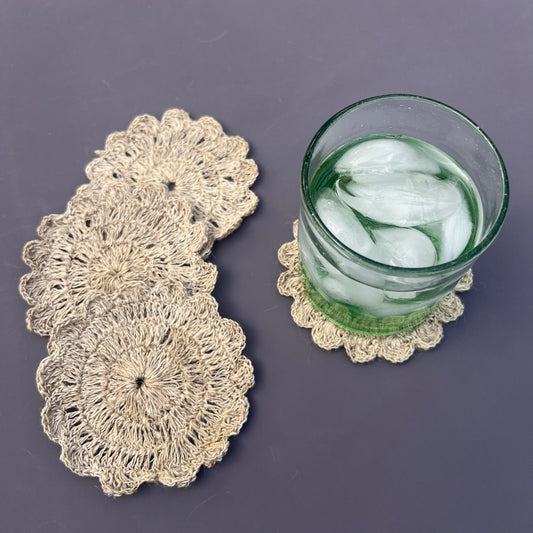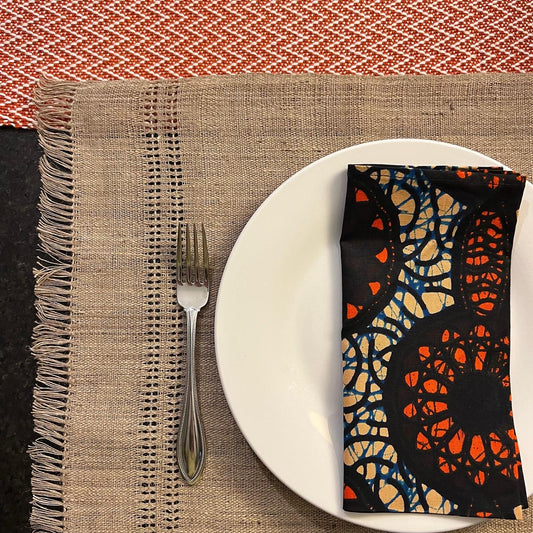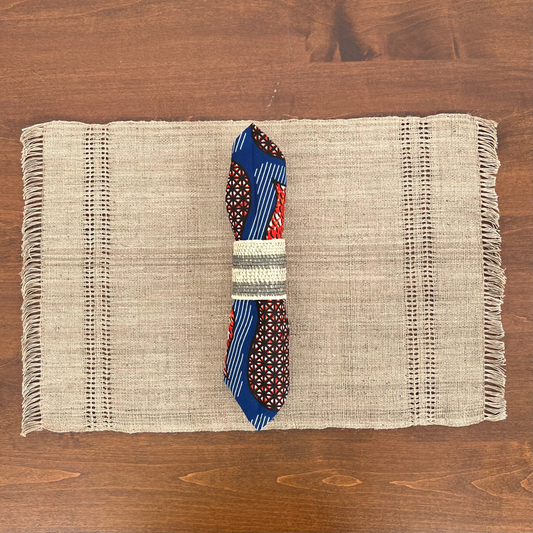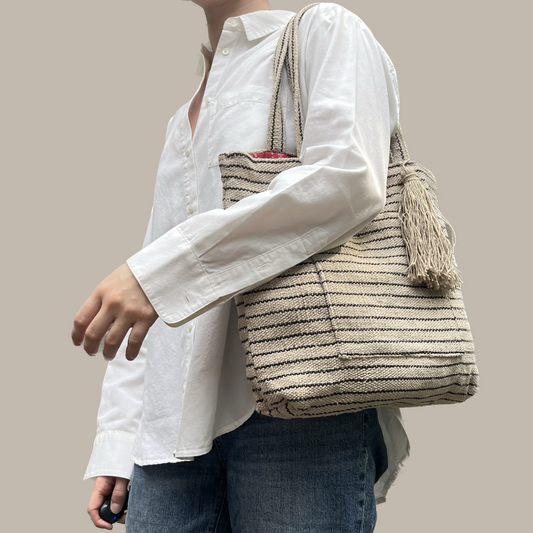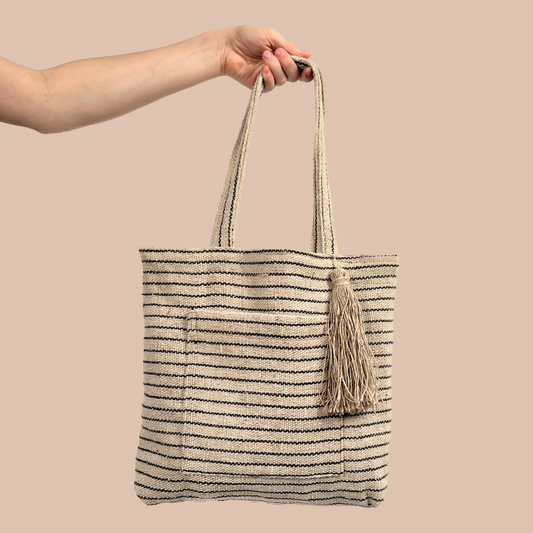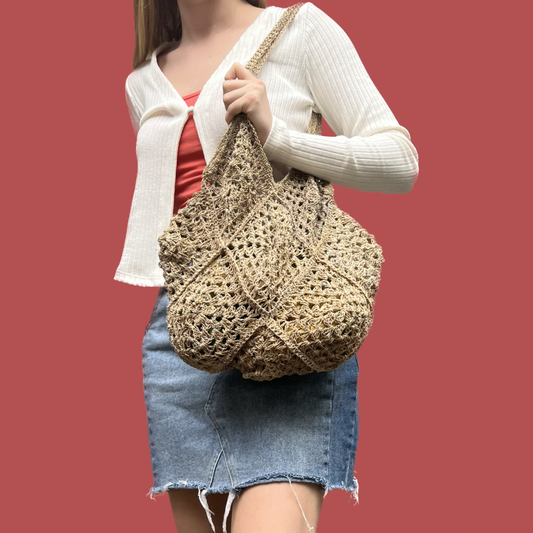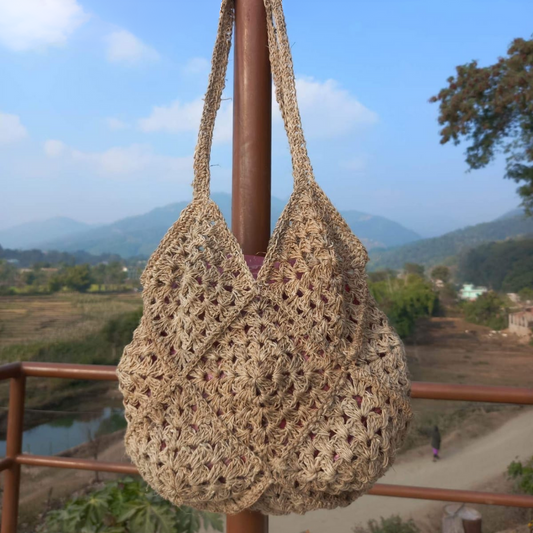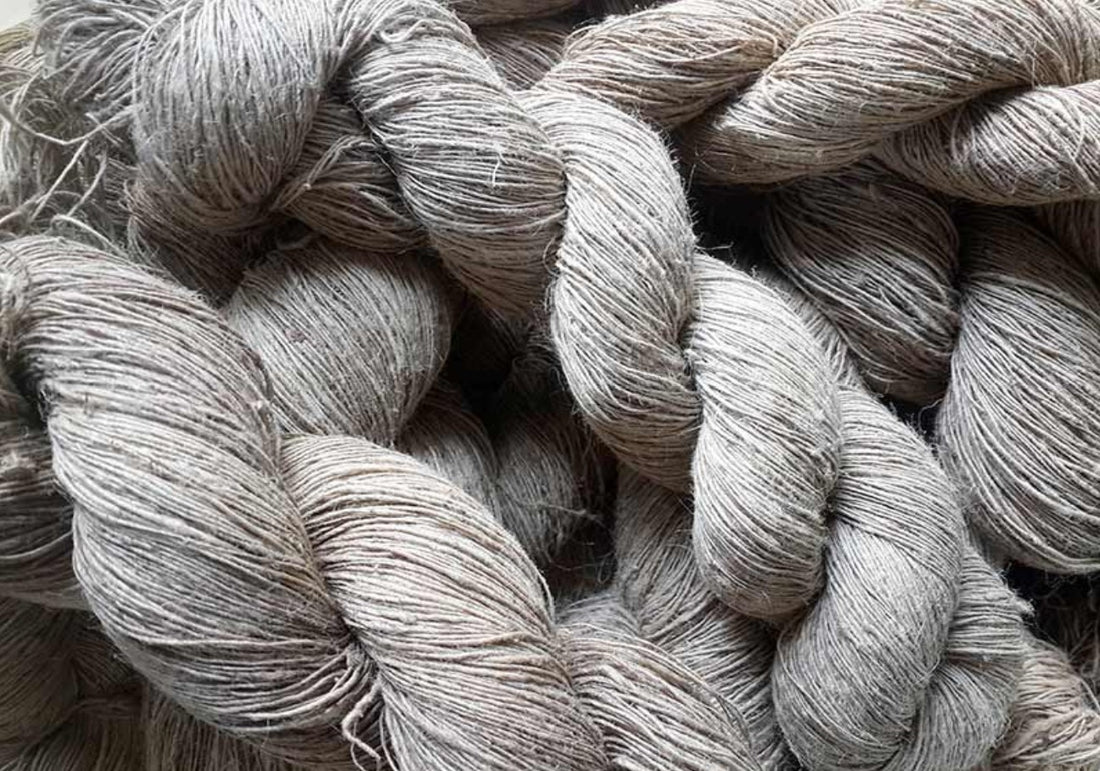
Discovering the Wonders of Nettle
What in the heck is nettle? I can honestly tell you that before Ginger and I started Intertwined I had never heard of this prickly plant. Nettle is known for its stinging hairs that can cause a painful reaction when touched. Before I go down the nettle rabbit hole, here are a few funny quips about nettle:
- Nettle: the plant that really knows how to get under your skin!
- I asked the nettle if it had any friends. It replied, “I'm a real loner, I don't make any pals—I'm just too prickly!”
- Nettles are the botanical equivalent of a 'no trespassing' sign – touch them at your own risk!
- Nettles are nature’s way of saying, “I really don’t want you to touch me!”
- If you ever need a plant to keep nosy neighbors away, nettles have got you covered!
Nettle, scientifically known as Urtica dioica and locally known as Allo, is a perennial flowering plant that is native to Nepal. Nettle cultivation in Nepal is often practiced on a small scale and has been primarily used for traditional medicinal purposes or as a source of income for local communities. The harvested nettle leaves can be dried for medicinal teas, used as a vegetable in culinary preparations, or processed into textiles, such as nettle fabric or yarn.

The first reason we LOVE nettle is because it goes hand in hand with our mission of sustainability!
Nettle is going to help us save our planet because it is so environmentally friendly! Nettle is a rapid-growing plant that can reach maturity in just a few months. Its growth rate makes it a highly renewable resource, as it can be harvested multiple times within a single growing season. Nettle cultivation requires little to no pesticide and fertilizer use, as it is a hardy plant that naturally repels pests and thrives in various soil conditions. It generally does not require excessive irrigation, reducing water consumption compared to other crops. Nettle uses much less water than cotton! Nettle regenerates meaning it can regrow after being harvested. When the above-ground parts of the plant are cut, the underground rhizomes remain intact and sprout new shoots, allowing for sustainable harvesting practices. Like other plants, nettle absorbs carbon dioxide (CO2) from the atmosphere during photosynthesis. By cultivating nettle, we can contribute to carbon sequestration, helping mitigate climate change by reducing the concentration of greenhouse gases. The traditional textile industry of fabrics such as nylon and polythene emits 1.7 million tons of CO2 annually! And finally, nettle is not dyed or colored as its beauty lies in its natural form, and it is fully bio-degradable because it is completely natural!
The second reason we LOVE nettle is because of the amazing nettle fibers our artisans use to make several of our beautiful products!
Nettle fibers have been traditionally used by Nepalese communities for weaving and creating different types of textiles. Nettle fibers can be transformed into textiles through a process called retting, followed by fiber extraction and spinning. Nettle plants are typically harvested when they are in full growth and before they begin to flower. The first step is to remove the outer bark and separate the fibers from the woody core of the nettle plant. Retting is the process used to break down the pectin that holds the fibers together. Once the retting process is complete, the nettle stalks are typically beaten or scutched to remove the non-fibrous materials further. Beating can be done manually or by using machines that crush the stalks, while scutching involves scraping the stalks to separate the fibers. After extraction, the nettle fibers may undergo additional processes like washing, drying, and combing to remove impurities and align the fibers for spinning. The prepared nettle fibers are then spun into yarn or thread. The nettle yarn is finally used in weaving or knitting machines to create different textile products such as fabrics, garments, or other nettle-based materials. Nettle fibers can also be blended with other fibers like cotton, silk, or wool to enhance certain properties of the resulting textiles. The fabric can range from coarse to fine depending on the weaving technique and processing methods employed.

The third reason we LOVE nettle is how the cultivation of this amazing plant sustains families in Nepal!
The cultivation of nettle in Nepal is mainly carried out by rural households and small-scale farmers, particularly in the hilly and mountainous regions of the country. Nettle cultivation in Nepal contributes to the livelihoods of many rural communities, providing income and employment opportunities. Luckily in the months before we launched Intertwined, we found Mala Thapa Magar and were blown away by her mission! As with one of our other amazing partners, Evelyn Habasa in Uganda, Mala is one woman making a difference in the lives of so many! Mala is the founder and CEO of Himalayan Allo Udhyog (HAU), a company that produces nettle fiber, fabrics, yarn, clothing, and bags. Mala’s company indirectly employs more than 1000 people, mostly women in remote villages in Nepal. While raising the standards of living of these women, the business has also helped raise awareness of the sustainability of nettle fiber. HAU’s mission is to promote and preserve the heritage and craftmanship that embodies the Nepalese culture while preserving ancient traditions. In a mostly male dominated society, Mala’s company has empowered and uplifted rural women who are now able to care for their families because of the financial independence it has offered them. Being able to support their families has given them a profound sense of identity.

Mala is a trail blazer and a shining example of why one person CAN make a significant difference in the lives of so many! We are so honored that she has chosen to work with Intertwined. We are thrilled to be able to bring you these beautiful items our Nepalese artisans create. Each piece is truly a labor of love and a beautiful example of time-honored traditions. When you have a moment, check out more of Mala’s own journey of empowerment and why she credits her mother’s support as one of the biggest factors of her success (http://mnsvmag.com/news/2017-08-16/despite-all-the-thorns-20160812180307.html).
We just received our first small batch of nettle purses and bags which we are obsessed with! We also have beautifully woven nettle placemats and pillows. Now that you know a bit more about this lesser-known plant, we hope you can appreciate it and the people who bring the fabric to life as much as we do!


